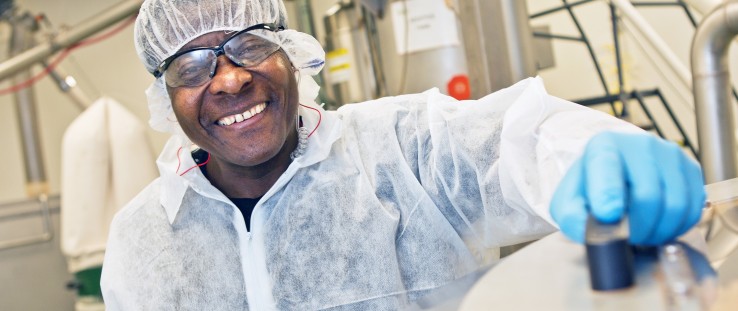 Freeman Summerville, a resettled Liberian refugee, is one of more than 10 former refugees currently employed by Edesia.
Edesia/Patrick Lee
Freeman Summerville, a resettled Liberian refugee, is one of more than 10 former refugees currently employed by Edesia.
Edesia/Patrick Lee
 Freeman Summerville, a resettled Liberian refugee, is one of more than 10 former refugees currently employed by Edesia.
Edesia/Patrick Lee
Freeman Summerville, a resettled Liberian refugee, is one of more than 10 former refugees currently employed by Edesia.
Edesia/Patrick Lee
It seems rather unlikely, but New Jersey, a state known for its tomatoes and turnpike, is the home of one of a handful of small manufacturers in the United States tackling the problem of malnutrition abroad. Founded as a delicatessen in 1905 in Somerset, N.J., Tabatchnick Fine Foods is known for its line of all-natural healthy soups. Less well-known is the fact that the company also produces a ready-to-use therapeutic food (RUTF) to address acute malnutrition, the lasting legacy of Tabatchnick’s late president and CEO, Ben Tabatchnick.
In the 1980s, Tabatchnick and his wife Rita began to donate food and volunteer at local soup kitchens. This was an eye-opening experience for the couple.
“Ben had seen firsthand the effects of malnutrition in children forced through poverty to eat regularly at soup kitchens,” explained Rita.
From there he began to reach out to local charitable organizations, then international relief NGOs, and eventually UNICEF. A representative for UNICEF told him about problems with the supply of RUTF products and asked if he could help. Tabatchnick jumped at the chance and, after a few months of work, he created Nutty Butta.
Nutty Butta, like other RUTF products, is a dense, nutrient-fortified paste. The profit margins on creating products such as Nutty Butta are slim, but, for Tabatchnick, the purpose is to provide assistance to those most in need.
Severe acute malnutrition is a major cause of death in children under age 5, resulting in about 1 million deaths annually worldwide. It manifests itself as extreme thinness, most commonly measured by middle upper-arm circumference, and puts children at further risk for life-threatening health complications. Prior to RUTF coming onto the market, children had to be treated for severe acute malnutrition in health clinics. Families’ lives were disrupted for weeks and months at a time, and treatment was often abandoned because families couldn’t stay in clinics for long periods. With the advent of RUTF, which requires neither cooking nor refrigeration, treatment can be administered at home if the child doesn’t have any other medical complications.
Judy Canahuati, a maternal and child health, nutrition and HIV adviser with USAID’s Office of Food for Peace, expresses a sentiment reiterated across the U.S. Government: “These foods are a critical product for saving lives.”
As part of its commitment to tackle malnutrition, USAID has increased the volume of specialized food it procures for treatment and prevention. It is today supplying 10 percent of UNICEF’s global requirements for RUTF.
For Ben and Rita, the creation of their RUTF product was a family event. “[T]he Nutty Butta was formulated in our home kitchen and taste-tested on our own four children. They loved it and gobbled it down without reserve. That’s when we knew we had a winner and children would gladly eat it,” said Rita.
Ben Tabatchnick first approached USAID about including products such as RUTF on its commodity lists in 2008. By 2011, the product was included on the lists, and Tabatchnick had helped to lay the groundwork for future manufacturers of fortified nutritional products.
- LNS: Lipid nutritional supplement is a micronutrient-fortified, lipid-dairy and legume based supplement to promote growth and appetite, and prevent micronutrient deficiencies in children between 6 months and 2 years. Also a supplement for pregnant and lactating women.
- RUSF: Ready-to-use supplementary food is a high-energy, nutritional food supplement that can be used to supplement local diet (including breast milk for infants and young children) to promote recovery from moderate acute malnutrition.
- RUTF: Ready-to-use therapeutic food is a high calorie, highly fortified ready-to-eat food used for the community-based treatment of severe acute malnutrition.
Since his passing in late 2014, Tabatchnick’s family and employees have continued in his footsteps to reach malnourished children.
Founded to tackle this same problem in 2009, Edesia began production of specialized nutritional food products in March 2010 in Rhode Island, at a time when the local economy was suffering.
Edesia has been a supplier for USAID’s food assistance programs for the past five years, and has partnered with the Agency, the U.N. World Food Program and UNICEF to ensure its products to prevent and treat malnutrition reach those most in need. Edesia estimates that it has reached over 2.5 million children in 44 different countries with lipid nutritional supplement (LNS), ready-to-use supplementary food (RUSF) and RUTF. These nutrient-dense pastes come in small, portable packages from a snack pack size to a breakfast or workout bar size.
Edesia’s global reach is accomplished with only 70 workers and 15,000 square feet of operating space, 5,000 of which is dedicated for production. Even with this limited space, the nonprofit currently produces about 8,000 metric tons of ready-to-use foods per year that reaches about 800,000 malnourished children worldwide.
“We’re the little factory that could,” says Maria Kasparian, Edesia’s executive director, referring to the organization’s level of impact at its current size.
Soon Edesia’s little factory that could is going to be a whole lot bigger. Partly due to the regular business from USAID, Edesia says it is planning to move in 2016 to an 85,000-square-foot office space and manufacturing center. The increase in production floor space will allow the company to reach as many 2 million malnourished children per year. This over fivefold increase in square footage is also expected to have a positive impact on the surrounding economy, which still lags behind national growth rates.
“Edesia represents a wave around social entrepreneurship and people looking to solve problems. Our mission drives everything we do. We are here to address a very crucial global issue,” adds Kasparian.
Head south of Providence and in about half a day’s drive you’ll reach Mana Nutrition, located in Fitzgerald, Ga., and Charlotte, N.C. Mark Moore, founder of the nonprofit manufacturer, also felt the call to tackle malnutrition. “In 2009, I was a Senate staffer and learned for the first time during a UNICEF presentation about an easy-to-make product that could bring dying children back from the brink of starvation called RUTF,” he said.
Answering the call to “make the world a better place, one hungry child at a time,” he built his business from scratch with other social entrepreneurs. Today, Mana produces as much as 46,000 pounds of RUTF per day. Local peanut farmers are Mana’s key suppliers.
Head to America’s heartland in Wisconsin and you will find Didion Milling & Affiliates. Brothers John and Dow Didion founded the company four decades ago as a simple grain elevator. Since then, Didion has transitioned to grain processing and provides USAID with fortified nutritional products such as corn-soy blend and Super Cereal Plus. These products resemble cornmeal and form porridge by adding boiled water.
Last year, USAID purchased 200 tons of Super Cereal Plus in the United States. Today, Didion has processing plants in rural Wisconsin and employs over 200 people, contributing an estimated $12 million of payroll to local communities.
Each year, Didion purchases about 24 million bushels of corn and soybeans, primarily from local growers in Wisconsin, for use in manufacturing. This partnership is so important that Didion built a production facility closer to growers. This allows growers to operate at a profit instead of receiving lower rates due to high transportation costs.
Manufacturing food assistance products has been extremely helpful to Didion’s business as well. “There were times when the food aid business was the primary reason we were able to continue to employ workers,” said David Silver, Didion’s U.S. Department of Agriculture program coordinator. “It provided a base level of business when other parts of our business were thin. Those challenges ultimately helped us to become a stronger company.”
Related Link
An Outsized Problem with a Small-sized Solution







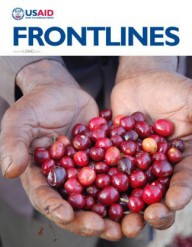


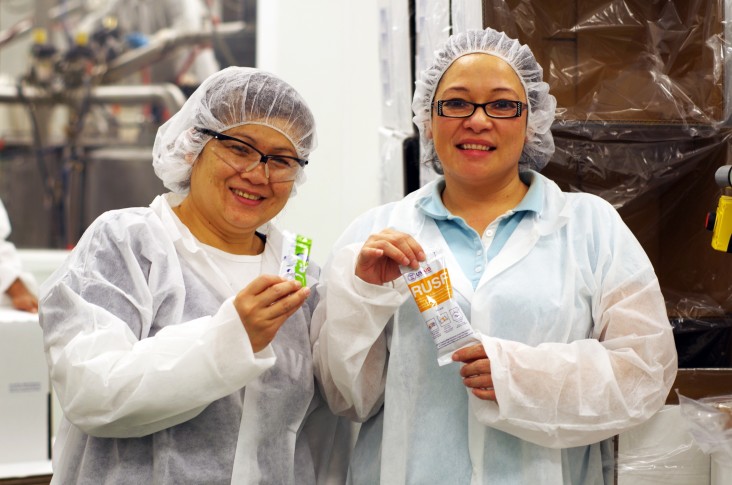

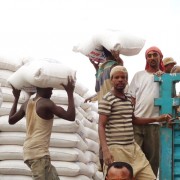
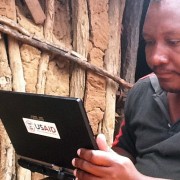
Comment
Make a general inquiry or suggest an improvement.